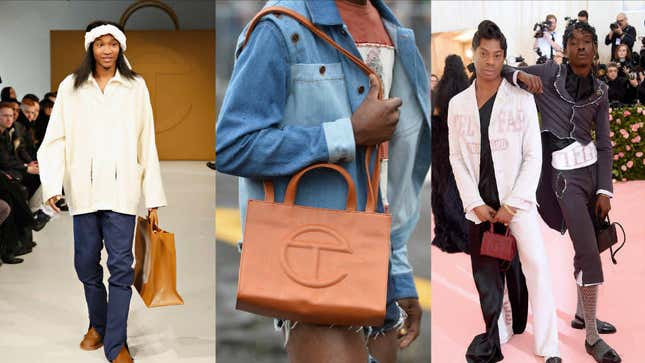

Earlier this week Telfar, a New York designer lauded for his approach to inclusivity and gender fluidity, announced that their sold-out Shopping Bag would be made available to the masses via the “Bag Security Program.” Known in fashion media as the “Bushwick Birkin” for its popularity as an it-bag among young people of color, through the new program Telfar will be taking orders for any size and any color for 24 hours only on Wednesday. The bags will be made to order and will be delivered in a few months’ time. While drops will still happen on the site, ordering via the program will ensure that those wishing to own a calculated piece of cool—or a very good bag that will stand up to life’s shit—can do so.
-

-

-

-

-

-

-

-

-

-

-

-

-

-

-

-

-

-

-

-

-

-

-

-

-

-

-

-

-

-

-

-

-

-

-

-

-

-

-

-








































